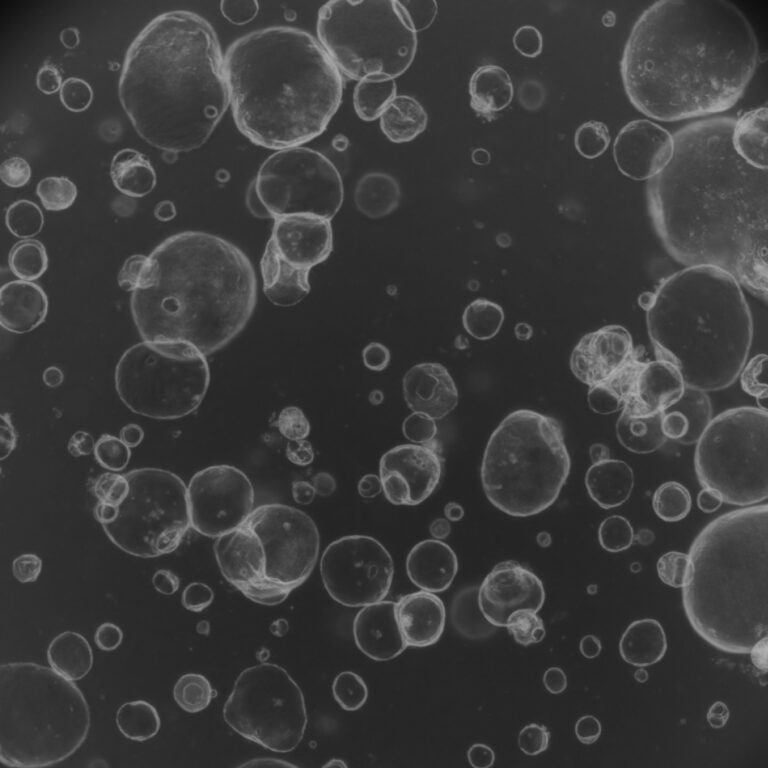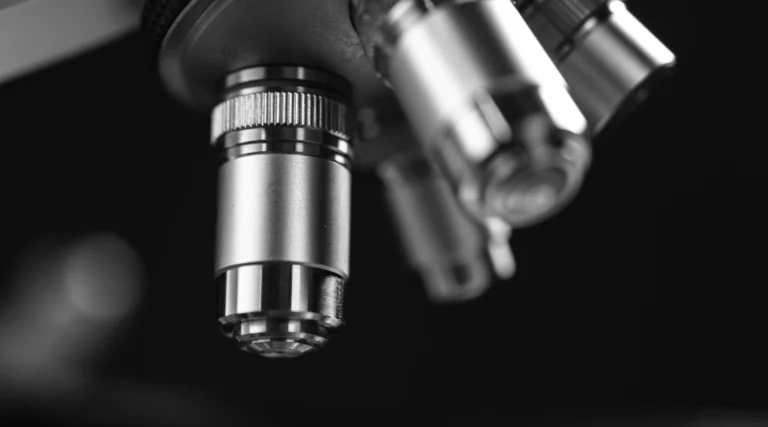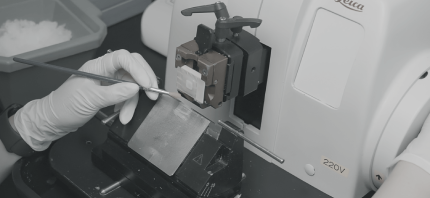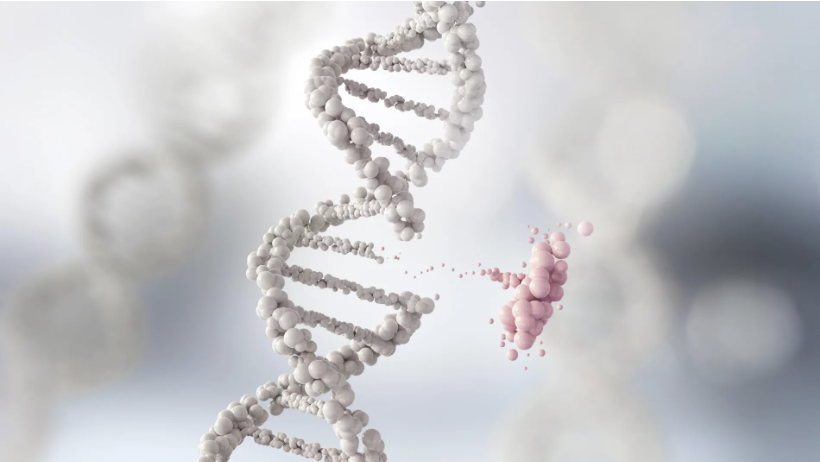For much of the past century, Alzheimer’s disease has been defined by the presence of amyloid-β plaques and tau tangles. These protein aggregates have dominated both the conceptual framework of the field and the targets of therapeutic development. However, new work from Purdue University proposes a shift in perspective: lipid metabolism within glial cells may be a critical, previously overlooked driver of disease progression.
Read more: Mini-Brains Unlock Bipolar’s Hidden Secrets
In a study published in Immunity, Gaurav Chopra and colleagues demonstrate that microglia in close proximity to amyloid-β plaques accumulate lipid droplets, impairing their capacity for phagocytosis and immune surveillance. These lipid-laden microglia were found to clear approximately 40% less amyloid-β than unaffected microglia. Mechanistically, the team identified aberrant stabilization of the enzyme DGAT2, which catalyzes the final step in triacylglycerol synthesis, as a key switch driving this metabolic imbalance. Targeted interventions that inhibited DGAT2 activity or promoted its degradation restored microglial function, enhanced clearance of amyloid-β, and improved neuronal health in Alzheimer’s disease models. This work builds on earlier findings by Chopra’s group, which connected astrocyte-derived fatty acids and mitochondrial dysfunction in aging neurons to lipid accumulation in glial cells.
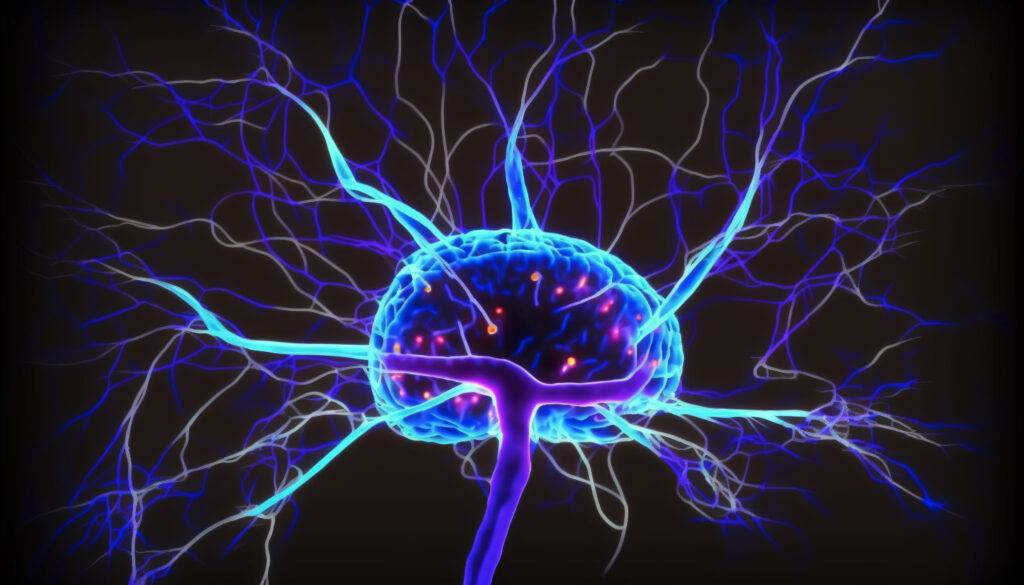
Lipid Metabolism as a New Driver of Alzheimer’s Disease. Image: freepik
Together, these studies support what Chopra terms a “lipid model of neurodegeneration.” Rather than being inert byproducts, lipid deposits in microglia and astrocytes appear to play an active pathogenic role by sustaining neuroinflammation and metabolic dysfunction. “In our view, directly targeting plaques or tangles will not solve the problem; we need to restore function of immune cells in the brain,” Chopra said. “We’re finding that reducing accumulation of fat in the diseased brain is the key, as accumulated fat makes it harder for the immune system to do its job and maintain balance. By targeting these pathways, we can restore the ability of immune cells like microglia to fight disease and keep the brain in balance, which is what they’re meant to do.”
This reframing suggests that therapeutic strategies aimed at lipid biology and neuroimmune metabolism may complement – or even surpass – approaches focused solely on protein aggregation. The implications extend beyond Alzheimer’s disease to other neurodegenerative conditions where lipid handling in glial cells may be disrupted.
Research article: Brain fat, not just plaques, may be the hidden driver of Alzheimer’s
Lambda Biologics’ Organoid Solutions: Adult Tissue and PSC-Derived Organoid Models for Drug Discovery
Drug development demands accuracy, speed, and relevance to human biology. At Lambda Biologics, we deliver advanced organoid-based platforms that replicate the complexity of human organs – empowering pharmaceutical and biotechnology companies to make better decisions, faster.
Cerebral Organoid | Midbrain Organoid | Skin & Hair Organoid | Intestine Organoid |
